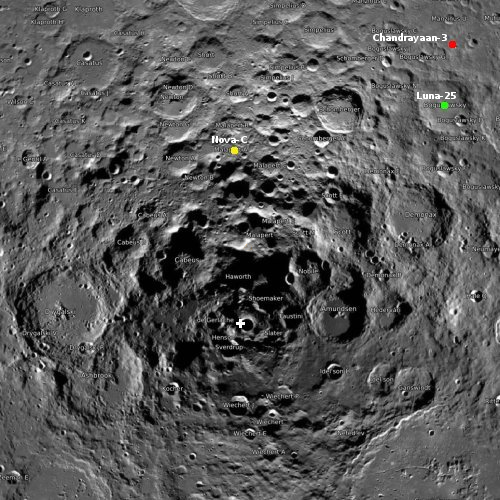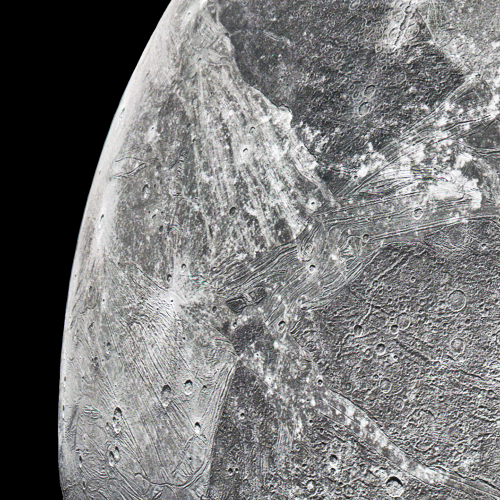NASA and Boeing revealed today that two newly discovered design issues involving Starliner’s parachutes and the tape used to protect the capsule’s wiring has forced it to cancel the planned June launch, with no firm new launch date scheduled.
The parachute issue involves the parachute cords, specifically the “soft link joints” that connect those lines to the capsule.
[Mark Nappi, Boeing’s Starliner VP] told reporters fabric links that join the parachutes to the lines of the spacecraft, called soft link joints, need to be replaced and possibly recertified to withstand heavier loads and stresses to ensure crew safety. “They were tested recently because of a discovery that we found during the review process where we believed that the data was recorded incorrectly,” Nappi said. “We tested (the soft links), and sure enough, they did fail at the lower limit.” [emphasis mine]
The tape — which has been found to be far more flammable than expected — is difficult to fix.
The second problem found last week is more extensive since the tape used to protect Starliner’s wiring harnesses from nicks or abrasions runs for hundreds of feet through several of the spacecraft’s internal systems. “There is a lot of tape on the wire harnesses,” Nappi said. “We’re looking at solutions that would provide for potentially another type of wrapping over the existing tape in the most vulnerable areas that reduces the risk of a fire hazard.”
That both of these issues were not fixed in development is beyond astonishing and speaks so badly of Boeing’s engineering and management that it is difficult to find words. In fact, for Boeing to use tape that could cause a fire now, more than a half century after the Apollo 1 capsule fire, suggests a level of incompetence that makes one wonder why anyone would ever fly on any of its spacecraft or airplanes. This is certainly not the company that built the 747.
Officials indicated that they might be able fix this issues fast enough that a fall launch could occur, but made no promises.
For Boeing, this new delay only worsens its bottom line. It built Starliner on a fixed-price contract, so every delay and issue must be paid for by it, not NASA. Meanwhile, the delays mean that SpaceX is getting flight contracts to ISS from NASA, contracts that Boeing would have gotten had Starliner been ready as planned. Worse, ISS is now looking at a 2028 retirement. If Boeing doesn’t get Starliner operational soon, there might not even be any contracts for it to win.
I have embedded the full press conference below for those who wish to watch NASA and Boeing officials blather about how they really haven’t done anything stupid here. Really, you have got to believe them!
» Read more












